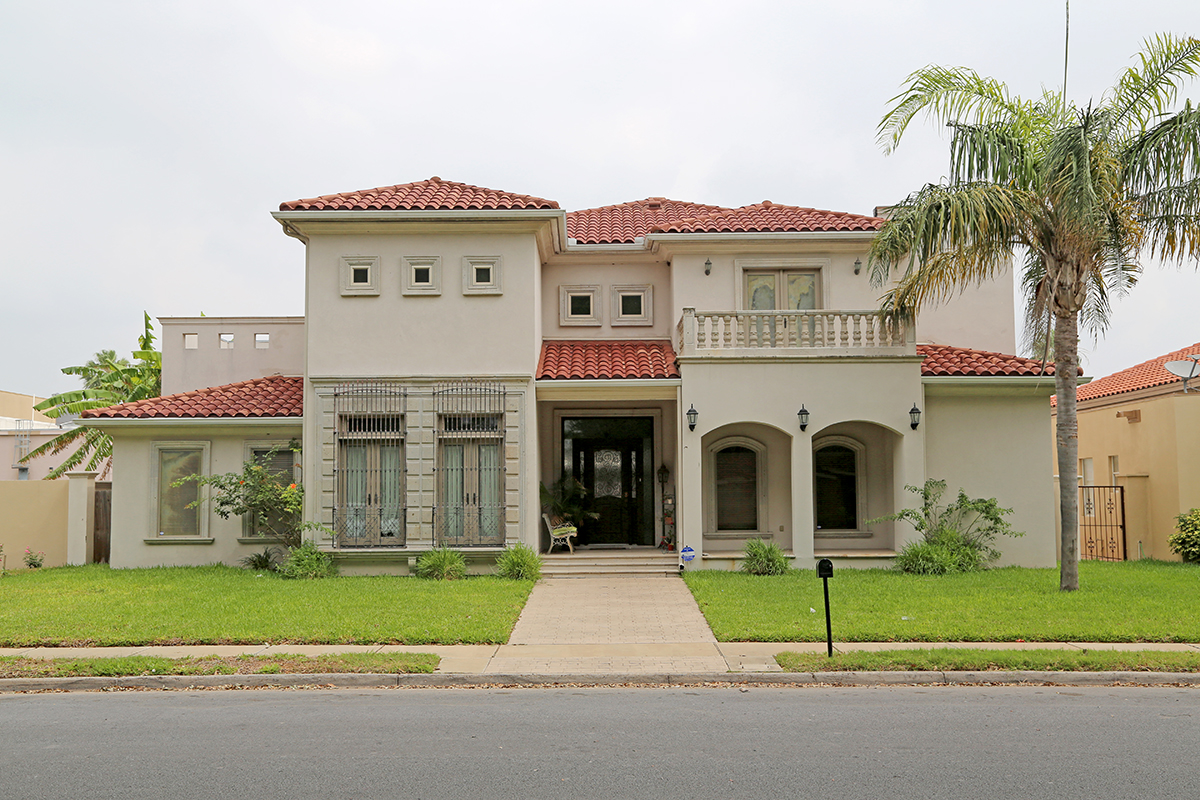Tile Roofing System
Clay tile is produced by baking molded clay into tile. The density of the clay is determined by the length of time and temperature at which it is heated. Tiles may be glazed and also may have surface texture treatments applied. As a result, there are a wide variety of tile profiles, styles, finishes and colors available. In addition, there may be separate accessory tiles—matched to each field tile design—of various shapes designed for use on ridges, hips, hip intersections and gable ends. Installation methods depend on the nature of the tile being installed; that is, whether it is two piece, one piece, interlocking or flat.
Concrete tiles are made of portland cement, sand and water in varying proportions. The material is mixed and extruded on molds under high pressure. The exposed surface of a tile may be finished with cementitious material colored with synthetic oxide additives. The tiles are cured to reach the required strength. They generally have lugs on their undersides for anchoring to batten strips. There are additional waterlocks or interlocking ribs on the longitudinal edges that impede movement and prevent water infiltration.
© Copyright 2016 National Roofing Contractors Association
Benefits of Concrete or Clay Tile Roofs:
1. Designed for Long-Term Performance
2. Available in a Variety of Colors and Styles
3. Maintain their Color
4. Long Lasting Protection
5. Can Sustain High Winds
6. Require Limited Maintenance

